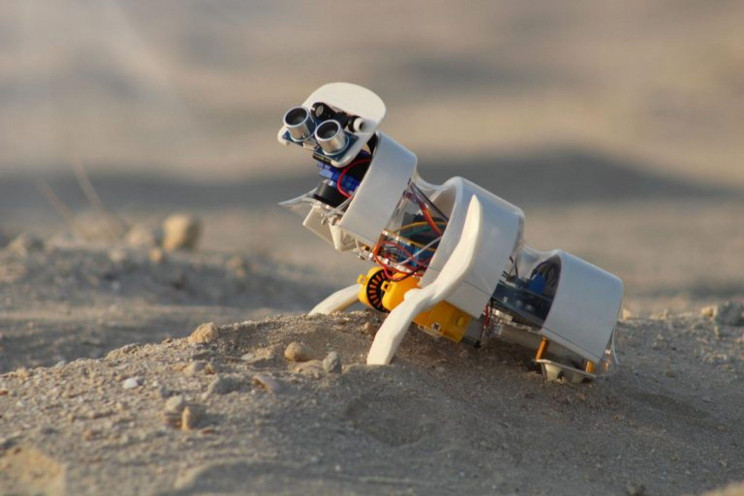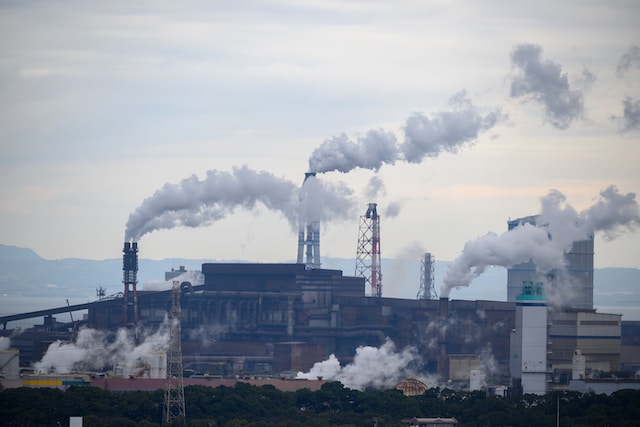National Institute of Standards and Technology (NIST) Reviews 9/11
NIST was appointed by the U.S. Congress in August 2002 to investigate the World Trade Center (WTC) disaster that occurred on September 11, 2001. The goals were:
- To investigate the building construction, the materials used, and the technical conditions that contributed to the outcome of the disaster.
- To serve as a basis for: improvements in the way buildings are designed, constructed, maintained and used; improved tools and guidance for industry and safety officials; recommended revisions to current codes, standards, and practices; and improved public safety.
- Determine why and how buildings of the World Trade Center collapsed.
- Determine why injuries and fatalities occurred depending on location while taking into account fire protection in place, occupant behavior, evaluation, and emergency response. Determine what procedures and practices were used in the design, construction, operation, and maintenance of the World Trade Center buildings.
- Identify and determine which standards and practices in building and fire codes should be revised in the wake of the tragedy.
The full report can be found in the “Disaster and Failure Studies Repository” here.
National Institute of Standards and Technology (NIST)
NIST, with a yearly budget of $800 billion, keeps track of standards in the following areas: biosciences and health; building and fire research; chemistry, math, and physics; electronics and telecommunications; energy; environment and climate; information technology; manufacturing; material sciences; nanotechnology; public safety and security; quality; and transportation.
Say you went to purchase a smartphone, for example, and upon bringing it home found that its voice translation technology didn’t “work worth a bean.” You’d be perturbed because you would have to exchange the faulty device for a new one or be told the technology was the best available. NIST’s mission seeks to avoid such events by setting standards for technologies in all of the areas mentioned above.
NIST ensures a minimum level of quality and reliability, often woefully lacking in many of the products imported from China, for example, which currently lacks a stringent quality control organization. NIST publishes Standard Reference reports in all these industries and explains its mission:
From the smart electric power grid and electronic health records to atomic clocks, advanced nanomaterials, and computer chips, innumerable products and services rely in some way on technology, measurement, and standards provided by the National Institute of Standards and Technology.
Founded in 1901, NIST is a non-regulatory federal agency within the U.S. Department of Commerce. NIST’s mission is to promote U.S. innovation and industrial competitiveness by advancing measurement science, standards, and technology in ways that enhance economic security and improve our quality of life.
NIST carries out its mission through the following programs:
- the NIST Laboratories, conducting world-class research, often in close collaboration with industry, that advances the nation’s technology infrastructure and helps U.S. companies continually improve products and services;
- the Hollings Manufacturing Extension Partnership, a nationwide network of local centers offering technical and business assistance to smaller manufacturers to help them create and retain jobs, increase profits, and save time and money; and
- the Baldrige Performance Excellence Program, which promotes performance excellence among U.S. manufacturers, service companies, educational institutions, health care providers, and nonprofit organizations; conducts outreach programs; and manages the annual Malcolm Baldrige National Quality Award which recognizes performance excellence and quality achievement;
- From 2007 to 2011, NIST provided cost-shared grants through the Technology Innovation Program, and between 1990 and 2007, it managed the Advanced Technology Program.
NIST’s FY 2013 resources totaled $769.4* million in direct appropriations, an estimated $49.7 million in service fees, and $120.6 million from other agencies.
NIST’s mission is also described in the following video:







